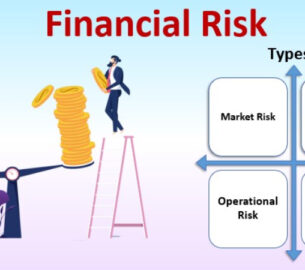Mortgage loans in India
Life is indeed full of surprises, and you are sure to be taken aback when an abrupt need of finance leaves you in dismay. From medical emergencies to business needs, an emergency financial situation comes in without warning, leaving you in dire need of financial assistance. The mortgage loan is an opportunity that aids you the perfect assistance by putting your unused property into collateral. That is, a borrower can gather an additional income from an idle property. These loans can be taken against a property, which can be a residential house, commercial shop or agricultural land that are freehold property and have an ideal market value. The collateral property must be primarily a freehold property to qualify as collateral, which authorizes the owners to sell, transfer, or repair the same.
A mortgage loan allows the borrower to take loan amount by making him pledge his property as collateral. The owner might maintain the ownership until he repays the total loan amount before the end of tenure. You can avail a mortgage loan for any of your requirements, but you may need to assure that the funds are never used for illegal purposes. Many nationalized banks such as State Bank of India, Central Bank of India, Bank of Baroda, Punjab National Bank and other banks offer mortgage loans for their customers.
Types of mortgage loans and ways to avail it
Mortgage loans are broadly categorized into two types, namely, term loan and overdraft loan. While both of the loans are availed by pledging an immovable property, in overdraft loan, the borrower can withdraw the money as per his needs and save the interest costs. That is, if you have an approved credit of ten lakhs and you withdraw only two lakhs, the rate of interest is applicable only for the withdrawn amount. The overdraft loans are disbursed only on borrower’s requirement, with interest also applicable on the withdrawn amount. Also known as, running account, the overdraft loan is available for one year and is reviewed annually. The biggest drawback of the loan is that these loans have a higher interest rate than the term loans, typically around an additional interest rate of 0.5% over that of a term loan.
Mortgage loans can be availed by people who are salaried, self-employed, partnership firms, proprietary firms, businesspersons, and professionals. These loans can be applied by individuals or co-applicants, with one of the applicants being the owner of the property.

Components of a mortgage loan
The loan amount of a mortgage plan depends upon the borrower’s income and the market price of the property. The collateral property is analyzed by the bank and approves the loan amount that usually amounts up to 50% of the property’s market value. Similarly, the income criterion of the borrower is fixed at three times the last year’s annual income. One lakh is the minimum loan amount for a mortgage loan; while, the maximum amount varies for different banks. The interest rates on a mortgage loan are variably charged. The borrower may also have to pay a processing fee, which usually is 1% of the sanctioned limit of loan amount along with the lawyer’s fee and other valuation charges.
Documentations
Just like any loan, a mortgage loan also requires quite a lot of documentation such as: annual income statement that contains the income tax returns for three years, original sale deed, encumbrance certificate, bank statements for 6 months, property tax receipts and few other documents are usually asked by the banks while availing mortgage loan.
- Encumbrance certificates are documents signed by the registration authorities that are an essential piece of evidence establishing title and ownership.
- Tax receipts of the following elements such as maintenance, water and municipal taxes and the property tax for a self-constructed property.
- Proofs of identity such as passport, ration card, voters ID or driving license.
The maximum tenure for the repayment is seven years, and a default in the repayment can attract interest of around 2% per annum.
Know More About : Mortgage Loans In The US












